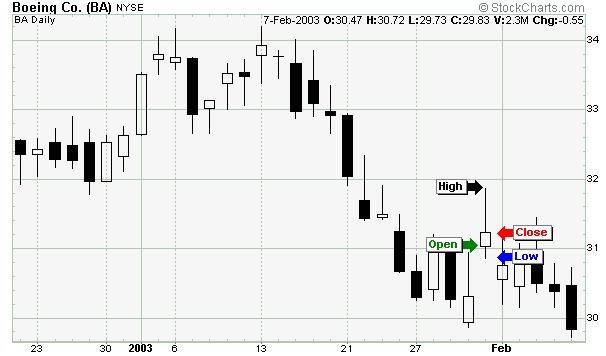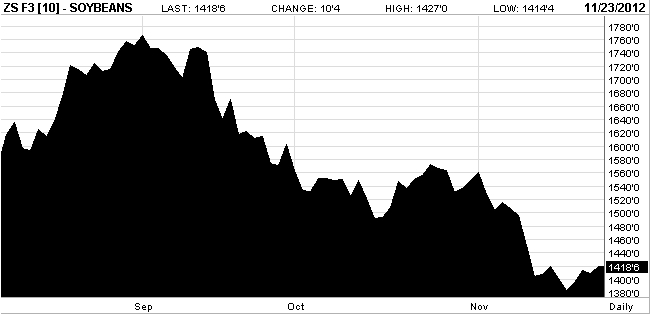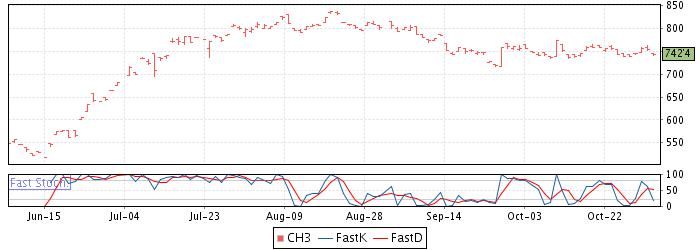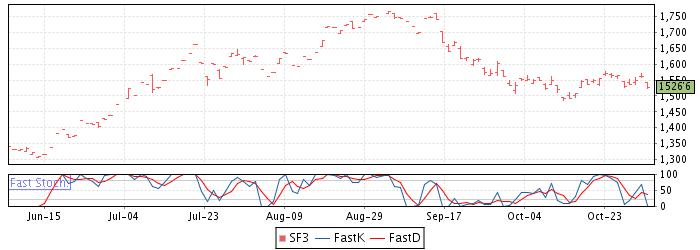Ukraine wheat – getting into dire situation (By Jeff Caldwell, Oct 19, 2012)
According to a senior agricultural meteorologist from MAD earth-stat, Don Keeney, “Dryness persists across North Caucasus and Volga Valley, where some stress is occurring on early growth of the wheat.”
Such a bad weather condition creates lower potential crop yield. This is something that I need to be aware of… it might be the case that prices of wheat would increase due to the fact that exportable wheat stocks will be exhausted earlier in mid-November.
There is a very high likelihood that wheat supply might come short than expected. Thus, I need to take cautious care and do more research prior to investing in wheat.
Source: http://www.agriculture.com/news/crops/ukraine-wheat-situation-turning-dire_2-ar26988
————————————————————————————————-
Harvesters harvesting corn at a record high pace.. (By Chris Sandler, Oct 16th 2012)
According to Bloomberg news, an early spring and a hot summer in Dakotas leads to a sooner harvest for corn.
In addition, the recent report from the Illinois Department of Agriculture, farmers in Illinois are harvesting a corn harvest in a faster rate than historical observations.
Also, the East Central Illinois News Gazette reported that “the Illinois farmers have already harvested 71 percent of their crops, compared to the 29 percent that had been harvested at this time in 2011.”
Source: http://www.agriculture.com/crops/corn/cn-harvesting-in-illinois-progresses-at_136-ar26915
————————————————————————————————-
`Corn Belt moving northward with climate change` By Alan Bajerga, Bloomberg News, Oct 21st 2012.
Climate change has altered the world production in ag-commodities. In particular, there had been a profound impact for corn producers. Hot summer along with the drought resulted in the lowest acre of corn produced in three years for farmers in Kansas. In effect, this year, farmers are trying to substitute less water-thirsty crops for corn, such as wheat and sorghum. On the other hand, there was even a triticale, a wheat-rye mix popular in Poland. As for Canada, corn acreage in Manitoba (which is merely 700 miles away from Kansas) has nearly doubled over the past decade due to weather changes and higher prices.
Source: http://www.post-gazette.com/stories/news/us/corn-belt-moving-northward-with-climate-change-658498/




